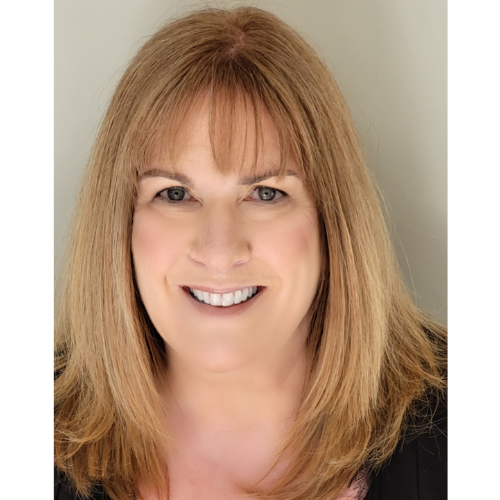
Getting Clients to Write their Own Referral Scripts: Part 2
We know that a high percentage of clients believe they have referred. That’s 42 percent to be specific.
And we know that most of those referrals don’t become introductions.
While there are many reasons for that gap, one of the simplest is that the referral simply wasn’t that compelling.
Case in point. “You should talk to my advisor, Bob. He’s great.”
As the prospective client, I heard the words, but I may not feel exactly compelled to take action.
Personal Stories and Referrals
For that reason, last week I talked about how you can help clients write their own referral script simply by helping them craft their own story that reflects the problem you solve and the impact on the client.
Why?
Because if I know that “Bob” solved a very specific problem for you - and I understand the real impact that had on your life - I’m much more likely to reach out.
But there’s more.
A story helps me understand the value you provided through the eyes of someone I care about. When a friend or family member tells a “story of the impact you’ve had”, that's considerably more compelling than “communicating your value”.
Stories are personal and meaningful. Stories stick and propel us to take action.
In short…
- Worry less about helping your clients communicate your value and help them tell stories that reflect the problems you solve and the impact you’ve had.
- Worry less about clients communicating how you help everyone and more about how you helped that client.
Finding the Story
Last week the focus was on crafting a story that your client could identify. But what if they don’t have a clear story in mind?
There is a set of questions you can ask to help clients “find the story”. Consider the following.

These questions are only the starting point. After each, you’ll want to probe to get to the full story.
- Can you tell me more about that?
- Can you walk me through what happened to make you feel that way?
- Can you think of a specific example just so I fully understand?
The Wrong Question
The question you don’t see is this. How would you describe the value we provide?
It’s not a terrible question and certainly won’t offend. The problem is that when you ask about the value you provide, clients will stop thinking about their own story and focus more on what you.
They will use nice words and phrases like “provide peace of mind” or “keep us on track” but you’ll lose the real story.
And it’s the story that will drive referrals.
Thanks for stopping by,
Julie





